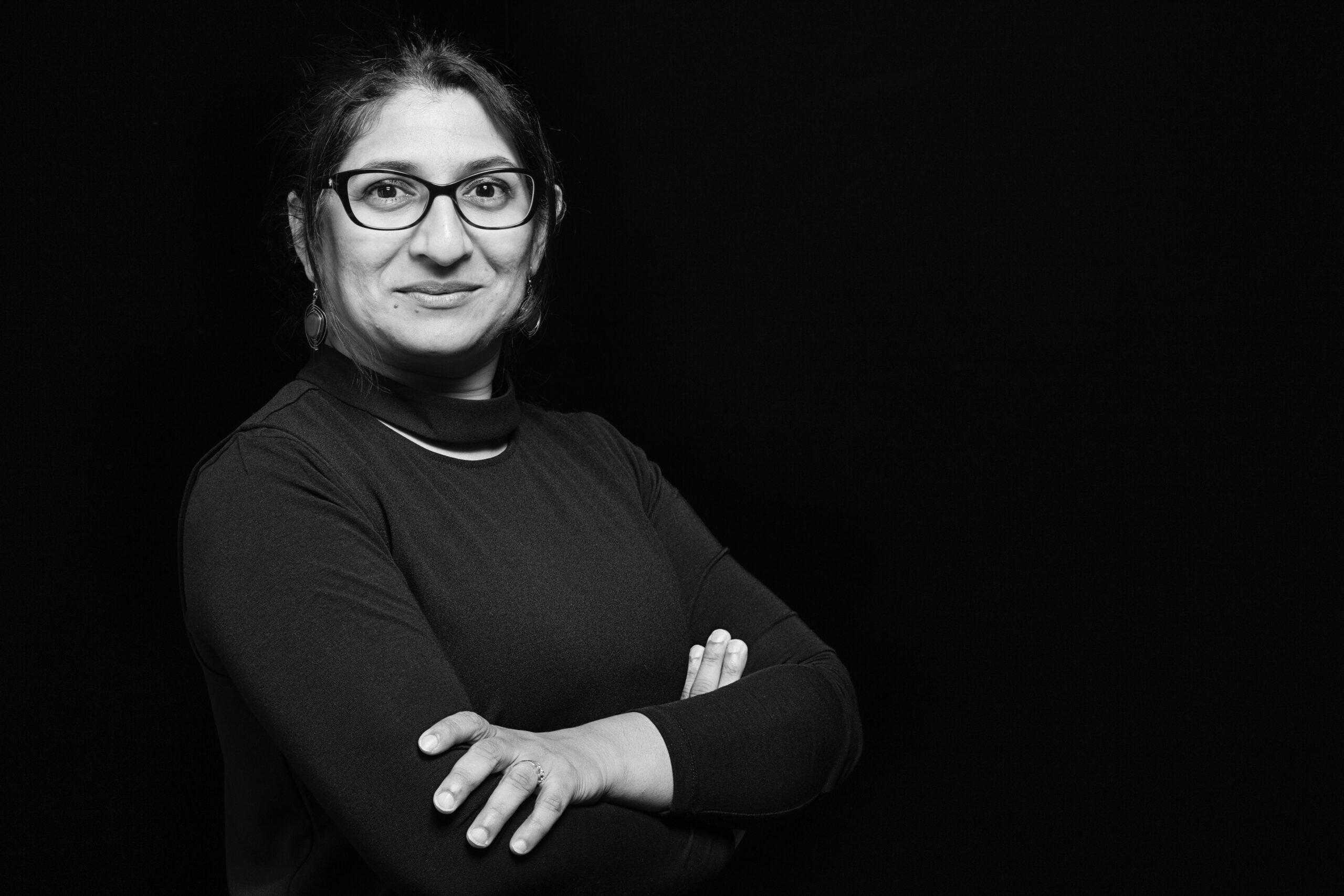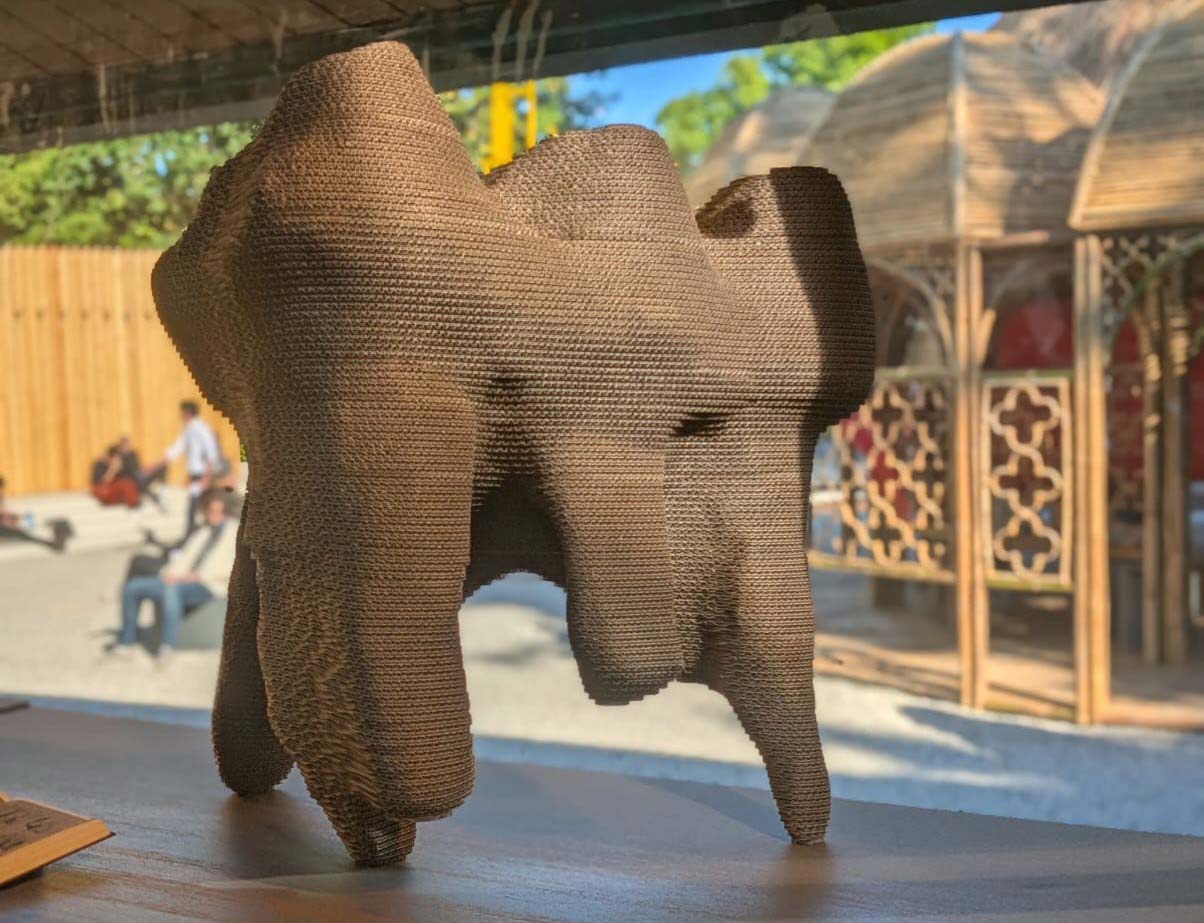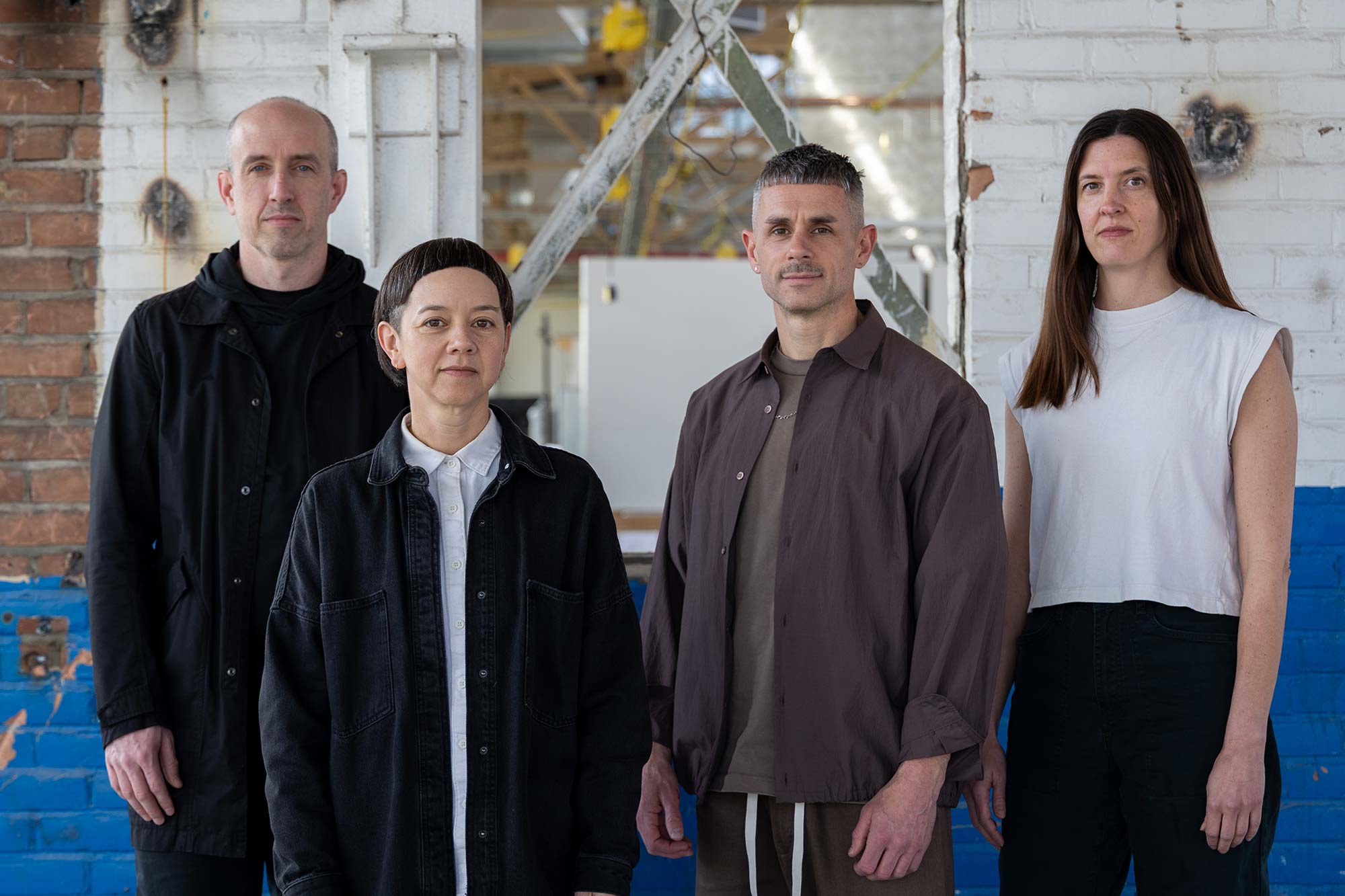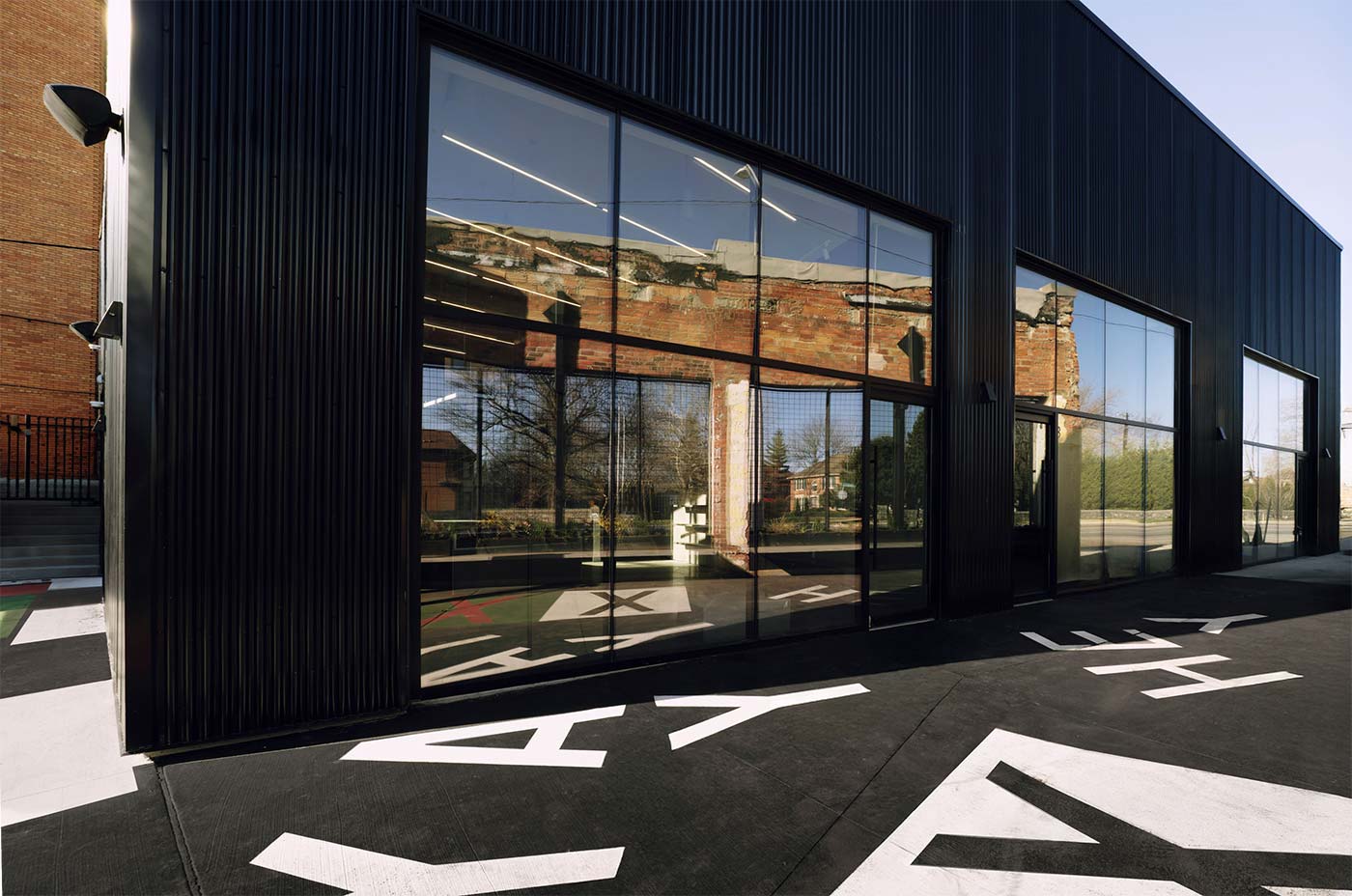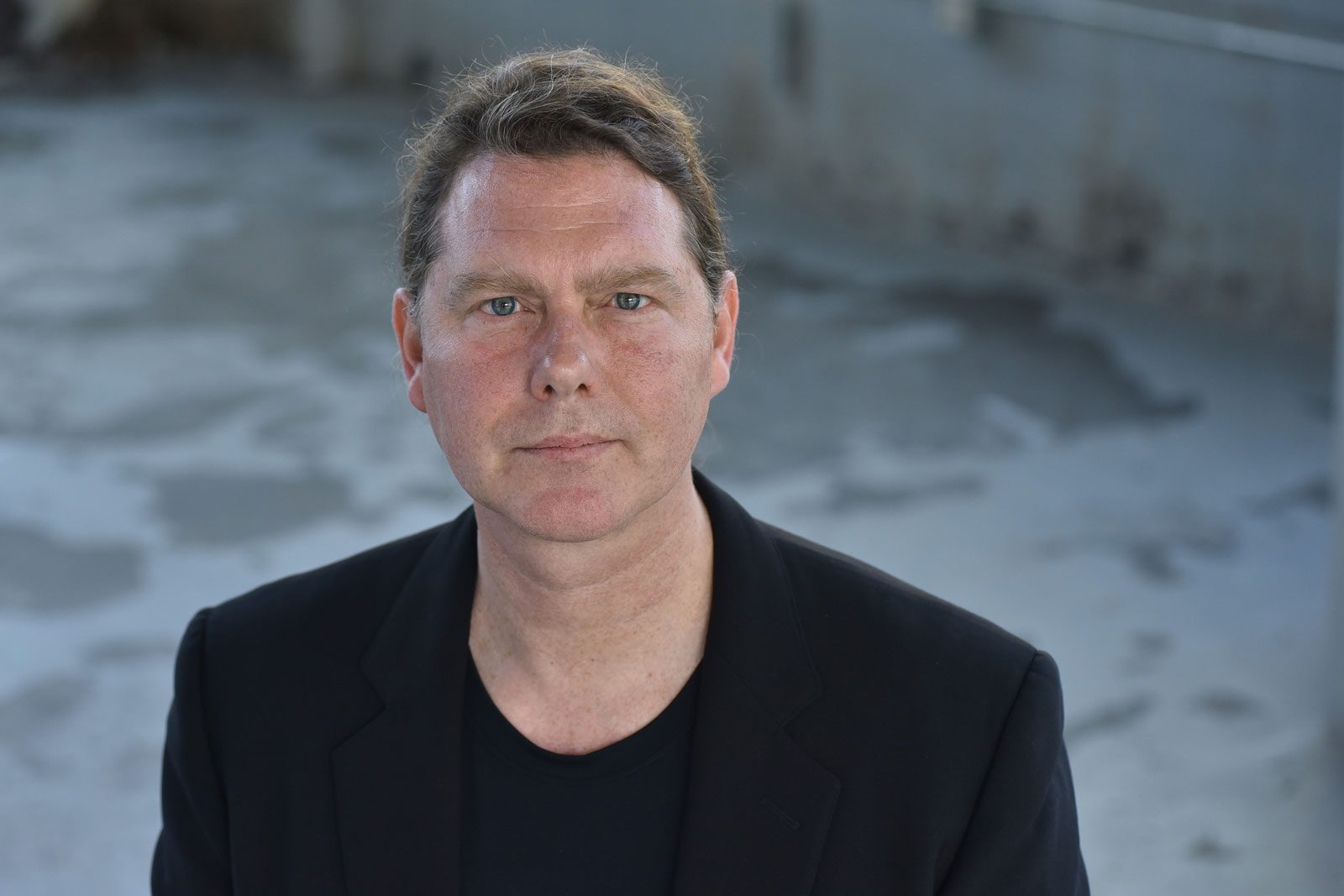
Thün: Advancing Research and Employing Complex Systems Thinking to Address Global Challenges
Geoffrey Thün’s work explores how urban design and architectural practice can respond to and influence complex environmental and social systems at the heart of the early 21st century’s biggest global challenges.
“Across the architecture and urban design fields, complex systems thinking forms a framework for approaching, apprehending, and operating within the built environment,” he has written, “and this has been profoundly motivated by the pressures of global climate change, increasingly uneven access (to mobility, food, learning, and health) in urban contexts, and related urgent questions of environmental sustainability and social justice.
“This has precipitated a reconsideration of buildings and cities as ecosystems that also exist within larger regional and global networks, operating through dynamic, evolutionary, and intelligent behaviors that strive towards more environmentally responsible and socially equitable outcomes.”
Thün, senior associate dean for research and creative practice at Taubman College from 2014 to September 2021, notes that his work “generally addresses two primary scales: the micro-material scale of responsive building envelopes, and the macro scale of urban and regional analysis and systemic design intervention. These two seemingly disparate scales are united through my interest in complex systems thinking and the ecological paradigm.”
This perspective permeates his professional and academic work, which has been funded by a wide range of government, corporate, and philanthropic sources, including the U.S. Departments of Energy and Transportation, the National Science Foundation, the Environmental Protection Agency, and the Social Sciences and Humanities Research Council, as well as the American Institute of Architects, Ford Motor Company, Guardian Industries, Wanxiang Group Corporation, Bloomberg Philanthropies, and the A.W. Mellon Foundation.
One of Thün’s current collaborations is “M_NEX: The Moveable Nexus,” an international partnership conducting a comparative study across Belfast, Amsterdam, Sydney, Tokyo, Detroit, and Doha. The project is supported by the Belmont Forum’s Sustainable Urbanisation Global Initiative Food-Water-Energy Nexus program. Thün is co-principal investigator of the US team, which is based at U-M. The multidisciplinary collaboration, he says, is “examining the ways in which principles emerging from environmental science might be applied to create design approaches, guidelines, policy, and methods for integrating circular economy strategies across complex urban systems, producing new formats of urban design and development.” The effort aligns closely with his work rethinking access to urban infrastructure and resources.
Thün considers “Infra Eco Logi Urbanism: A Project for the Great Lakes Megaregion” to be a significant contribution to discourses of urban design and complexity. “This multi-year research effort examined the interlaced systems of the region,” he writes, “utilizing its near-future energy and mobility systems as a means to propose alternate futures at the regional and urban scales of its cities.” The project was developed into an international traveling exhibition, a chapter in the influential Third Coast Atlas, additional publications, lectures, and a book that received coverage from NPR and the Wall Street Journal and an honorable mention in the ACSA Faculty Design Awards program.
“Social justice has always been one of my core beliefs, and at the University of Michigan, I have been supported alongside many other colleagues who are actively producing provocative work around related questions,” Thün says. “My own work has focused on the ways in which urban design can address issues of uneven access and exclusion through rethinking the structures, media, and spatial systems that deliver access via new models of social infrastructure.”
Most of Thün’s work has been undertaken in partnership with Kathy Velikov, an associate professor of architecture at Taubman College. In 2007, they co-founded the design and research firm RVTR (it stands for Research, Vision, Transformation, Realization), which is now embedded within Taubman College.
Looking ahead, Thün intends to continue expanding on his international partnerships and pursuing a broad body of work within his research and creative practice.
“This capacity to work outwardly from a core area of focus, across scales of consideration, multiple forms of knowledge production, and creative exploration, sets the discipline of architecture apart from other fields,” he says. “I also believe that it is this breadth of enterprise, undertaken with rigor and impact at each instance, which constitutes my primary contribution to the design disciplines, and which I hope to advance in the future. I am particularly excited for work that can bridge multiple cultural and geographic contexts globally — and foster international engagement across institutions and collective knowledge creation and debate.”
As the leader of Taubman College’s research and creative practice enterprise, Thün has made significant contributions to ensure that those endeavors across the spectrum of College faculty initiatives have the resources, support, and development strategies they need to succeed — especially amid the challenges of the pandemic.
Taubman College was part of the university’s pilot wave of research resumption in May, and Thün is proud of his colleagues’ ability to keep the college’s specialized research facilities operational and advancing throughout the 2020–2021 academic year.
Adhering to social distancing guidelines for research facilities, as outlined by the state, was a complex problem for an active and diverse research community like Taubman College. The college’s research enterprise differs from other units on campus because shared spaces and specialized equipment serve a wide variance of faculty, students, and projects simultaneously. Specifically, the work of the FabLab is process- and machine-intensive, and much of it requires access to more than one piece of equipment, creating complex spatial, scheduling and distancing challenges within the pandemic context.
Thün says that accommodating every faculty project that requested access to the college’s facilities during the pilot wave involved a team effort to build a complicated matrix: “We worked hard to develop a system to advance as much work as possible, assessing project priorities, balancing funding considerations, project scale and duration, as well as junior faculty career pathways. As a result, we managed to achieve what we believe was a really positive outcome.”
In addition, Thün continues to encourage innovation and collaboration among and across faculty. In January, he launched a new Taubman College grant program, “Get It Together,” with Anya Sirota, associate dean for academic initiatives.
“Get It Together” invited proposals from groups of faculty who share an area of scholarly interest, an enthusiasm for particular methodologies, or academic expertise. The program builds upon R+CP’s ongoing mission to provide resources to sponsor faculty collaborations in the form of labs, clusters, or other provocative, realizable, yet-to-be-determined formats. The funded submissions span a range of topics, including extended reality, public interest design, computational design, housing, urbanism, and health infrastructure.
“The Get it Together program is the latest in a series of experimental seed efforts we have undertaken within the college that aim to initiate and stimulate new formats of research and creative practice,” Thün says. “Through this program, we anticipate new synergies that will bridge faculty work and student experiences, focusing intensity and conversations within the R+CP space at the college over the next year and beyond.”
—David Wilkins





